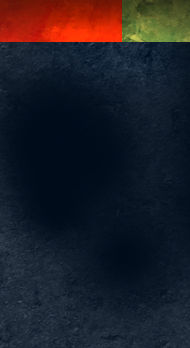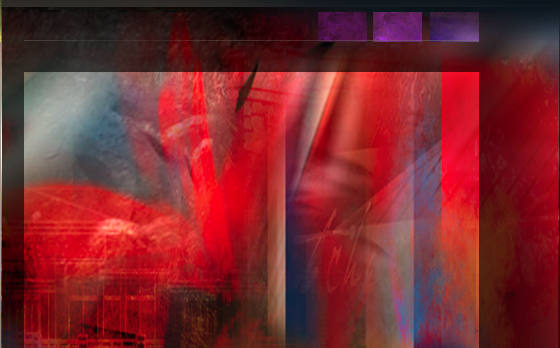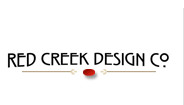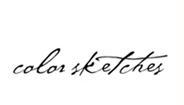Archive for the 'Art' Category
Learn from the Masters
I started out as a traditional artist, mostly oil paintings and watercolors. But as I my career progressed, I began working in architectural illustration. After a few projects, I quickly switched to using a computer, producing digital art. I participated in the very early stages of 3d imaging using 3d Studio Max and Lightwave. The goal for a long time (and still is, in many circles) was to create something that almost looked like a photo. Creating artwork that could not be distinguished from a real photo, for architectural illustration, does have some benefits. I never had a shortage of clients or income, but the precision required for this type of work can be quite time consuming, and that is definitely a drawback.
A couple of years ago, while browsing around a bookstore, I happened upon the arts section and picked up a book on Andrew Wyeth. Needless to say I was blown away by what I saw. Even though Andrew Wyeth’s work has a very “real” quality, the composition, texture and color, not to mention the striking light and shadow reveal the genius of his work. Intrigued by my discovery, the next selection I picked up was Georgia O’Keefe. Even though she was an abstract painter, the realism in her paintings of flowers and landscape came through in her use of color and contrast. Again with O’Keefe’s work, the composition was amazing. Other selections included John Singer Sargent, Claude Monet, Norman Rockwell, Thomas Kinkade, and Edward Hopper. Each artist featured a totally different style, but the beauty of their work filled me with inspiration.
My next thought: could I apply some of what I found here; techniques of these masters of traditional art to the digital medium, and improve my artwork. My first step was to drop the absolute, photorealistic ideal and move a little more towards the impressionist style. By introducing brushstrokes and a little more “grain” to the project, I found not only did I increased the speed at which I work, but I began to concentrate more on composition, color and texture to achieve the representation of my subject. Overnight, it seemed my work took on a whole new meaning.
My client’s responded very positively to the new style, and even though I still recieve a lot of comments about how real it looks, they love the fact that it looks more like a nice piece of artwork. Needless to say the demand for my art has grown as a result. I have since made an effort to study the masters, and apply the techniques to digital work wherever possible. I also have to admit, it has made working, a lot more fun!
The Same Only Random
When browsing around the web, there is something I have noticed when looking at some architectural renderings. Given, the focus is always the building. That’s where most of the effort lies in modeling, textures, and lighting; but the landscaping, if not done with care, can ruin the painstaking effort for realism in the building.
In nature, everything occurs at random. No two trees, bushes, or blades of grass are the same. Many artists, however, will take the same graphic of a plant and repeat it throughout the work. This is fine, but care should be taken to vary the shape, and lighting wherever it is used so a repetition doesn’t develop. Amazingly, those viewing the work will pick up on it no matter how subtle the repetition becomes. The viewer may not know what it is, but they will know something is off. A little extra time spent on these little details can make the difference between a good rendering and a great one.




















